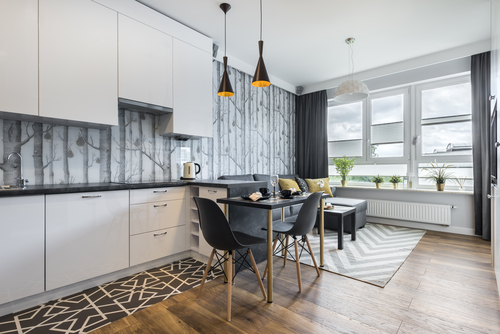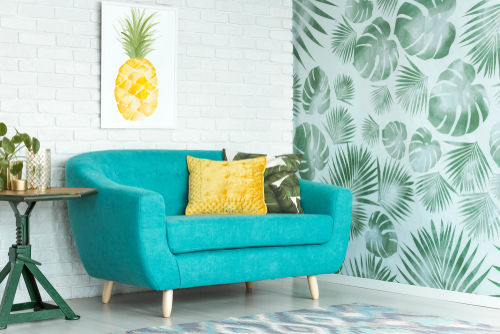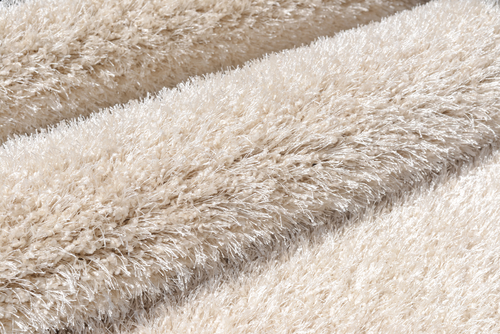
Choosing the Right Material for Your Blinds in Singapore
October 20, 2023
Carpet Maintenance: Keeping Carpets Fresh Between Cleanings
December 26, 2023Carpet Care and Maintenance: Tips for Longevity
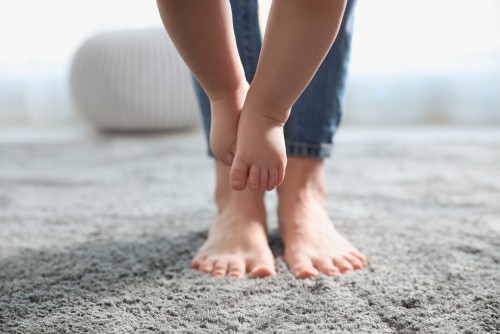
Carpet Care and Maintenance Tips for Longevity
Carpet Care and Maintenance: Tips for Longevity. Carpets significantly contribute to both homes and offices’ aesthetic and functional aspects.
They enhance the appearance of a room, provide comfort underfoot, and even improve indoor air quality by trapping dust and allergens.
However, proper care and maintenance are essential to ensure carpets retain their beauty and last longer.
This article delves into various strategies and tips for effective carpet care, helping you preserve the elegance and durability of your carpets.
Table of Contents
Types of Carpets
Carpets are manufactured from diverse materials, each requiring specific care methods. The most common types include:
Wool Carpets:
Known for their durability and luxurious feel, wool carpets are naturally stain-resistant but require gentle cleaning.
Synthetic Fibers:
This category includes nylon, polyester, and olefin, popular for their resistance to staining, fading, and affordability.
Blended Fibers:
A combination of natural and synthetic fibers, offering a balance of the benefits of both materials.
Understanding the type of carpet you own is crucial in determining the appropriate care and maintenance routines.
The quality of your carpet affects not only its appearance and feel but also its longevity and maintenance needs. Higher-quality carpets generally withstand wear and tear better, retaining their appearance over time, but they may require specific care techniques.
Basic Carpet Care
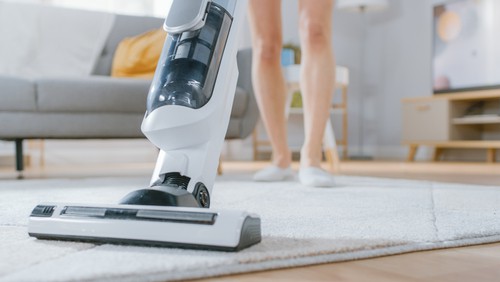
Daily Maintenance Practices
Simple daily steps can significantly prolong the life of your carpet:
- Regular Vacuuming: Removes surface dirt and prevents it from settling deeper into the fibers.
- Immediate Spill Response: Promptly addressing spills can prevent stains.
- Use of Doormats: Placing mats at entrances reduces the amount of dirt brought onto the carpet.
Spot Cleaning Techniques
Understanding how to tackle spills and stains immediately and effectively is crucial:
- Blot, Don’t Rub: Gently blotting spills prevents them from spreading.
- Appropriate Cleaners: Use cleaners suitable for your carpet type to avoid damage.
Deep Cleaning Strategies
Regular Vacuuming
Vacuuming at least once a week is essential. For high-traffic areas, more frequent vacuuming may be necessary. Use a vacuum cleaner appropriate for your carpet type to avoid damage to the fibers.
Professional Cleaning Services
Professional carpet cleaning is recommended every 12 to 18 months. Professionals use methods like hot water extraction to deep clean carpets, removing accumulated dirt and grime.
Preventing Carpet Damage
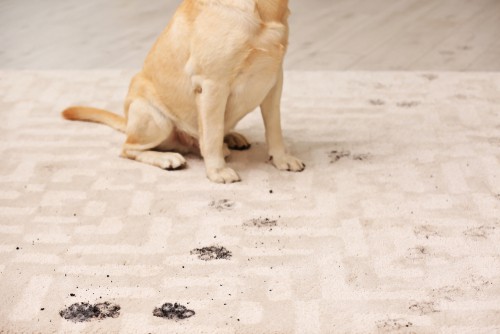
Avoiding Common Hazards
Protect carpets from potential hazards:
- Furniture Pads: Use pads under furniture legs to prevent fiber crushing.
- Pet Care: Keep pet nails trimmed and clean up accidents promptly.
- Limit Direct Sunlight: Use blinds or curtains to reduce sun exposure that can fade carpets.
Controlling Sunlight Exposure
Prolonged exposure to sunlight can cause carpets to fade. Using window treatments to control the amount of light entering the room can help preserve the color and integrity of the carpet fibers.
DIY Carpet Cleaning Solutions
Homemade Cleaning Mixtures
Simple homemade solutions can be effective for general cleaning:
- Vinegar Solution: A mix of vinegar and water can tackle mild stains.
- Baking Soda: Great for absorbing odors and lifting light stains.
Applying DIY Solutions
Always test homemade solutions in an inconspicuous area first. Apply gently and rinse thoroughly to avoid residue.
Advanced Carpet Care Techniques
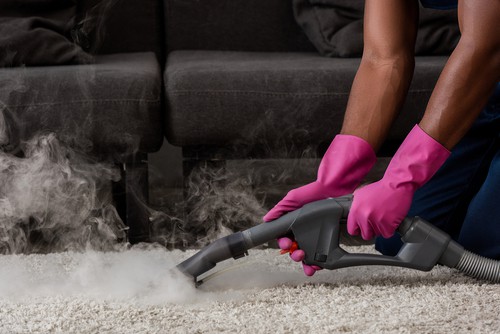
Steam Cleaning at Home
Home steam cleaning can be done with rental equipment. It’s effective for a deeper clean but requires proper technique to avoid over-wetting the carpet.
Dealing with Tough Stains
Tough stains like red wine or ink require immediate attention. Use specific stain removers and follow the manufacturer’s instructions for the best results.
Carpet Repair and Restoration
Regularly inspect your carpet for signs of wear, especially in high-traffic areas. Early detection can prevent further damage.
DIY fixes can be effective for small issues like snags or minor tears. However, significant damage may require professional repair.
Choosing the Right Tools and Products
Invest in a quality vacuum cleaner, a soft-bristled brush for gentle scrubbing, and microfiber cloths for drying after spot cleaning.
Choose cleaning products specifically designed for carpet care. Avoid harsh chemicals that can damage carpet fibers or leave harmful residues.
Health and Environmental Considerations
Allergens and Carpets
Regular cleaning helps control allergens like dust mites and pet dander. Consider using HEPA filters in your vacuum to capture finer particles.
Eco-Friendly Practices
Opt for environmentally friendly cleaning solutions and practices. This not only benefits the environment but also ensures a safer living space.
Frequently Asked Questions
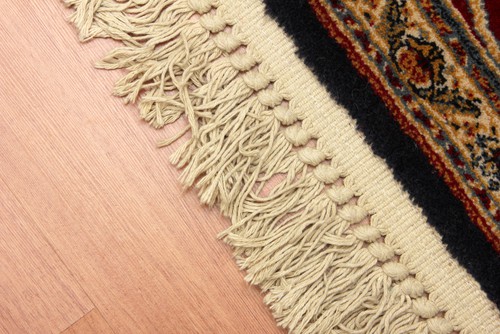
How often should carpets be professionally cleaned?
It is generally recommended to have carpets professionally cleaned every 12 to 18 months, but this can vary depending on the level of foot traffic, the presence of pets, and other factors contributing to the carpet’s soiling.
More frequent professional cleaning may be necessary in high-traffic or pet-friendly homes to maintain the carpet’s appearance and hygiene.
Can DIY cleaning solutions harm my carpet?
While DIY cleaning solutions can be a cost-effective and convenient option, there is a risk of damaging the carpet if the solution is unsuitable for the carpet’s material or misapplied.
Therefore, ensuring that the homemade solution is compatible with your carpet type is crucial. Always test it on a small, inconspicuous area before full application to prevent any adverse effects.
What are the best ways to remove pet odors from carpets?
To effectively remove pet odors from carpets, it’s advisable to use a two-pronged approach: first, clean the area with a solution that can break down the odor-causing substances, such as an enzymatic cleaner, and then use an odor-neutralizing agent like baking soda.
It’s important to clean the area to prevent re-soiling and lingering odors thoroughly.
How can I tell if my carpet is too worn out and needs replacing?
Determining when a carpet needs to be replaced involves assessing several factors, such as the extent of wear and tear, the presence of permanent stains or odors, matting of the carpet fibers, noticeable fading, and the overall aging of the material.
If the carpet exhibits signs of extensive damage or wear that cannot be remedied through cleaning or repairs, it might be time to consider replacement.
Are there any specific vacuum cleaners you recommend for carpets?
When selecting a vacuum cleaner for carpets, it’s important to choose a model that offers adjustable settings to accommodate different pile heights and densities, possesses a strong suction power to remove dirt and debris effectively, and includes a HEPA filter or similar technology to capture fine particles and allergens.
Additionally, considering features like rotating brushes or specific attachments can enhance the vacuum’s effectiveness on carpets.
Carpet Care and Maintenance: Tips for Longevity – Conclusion
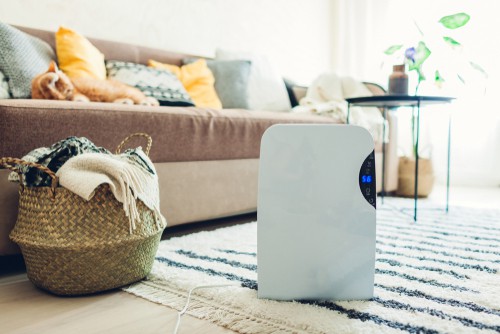
Effective carpet care and maintenance are essential for preserving the appearance and extending the lifespan of your carpets.
You can keep your carpets in excellent condition by understanding your carpet type, implementing regular maintenance practices, using appropriate cleaning techniques, and addressing spills and stains promptly.
Regular professional cleaning and careful daily maintenance ensure that your carpets remain a beautiful and functional part of your home or office for years to come.
Are you seeking professional carpet care services or wallpaper installation services in Singapore? Contact us today!

